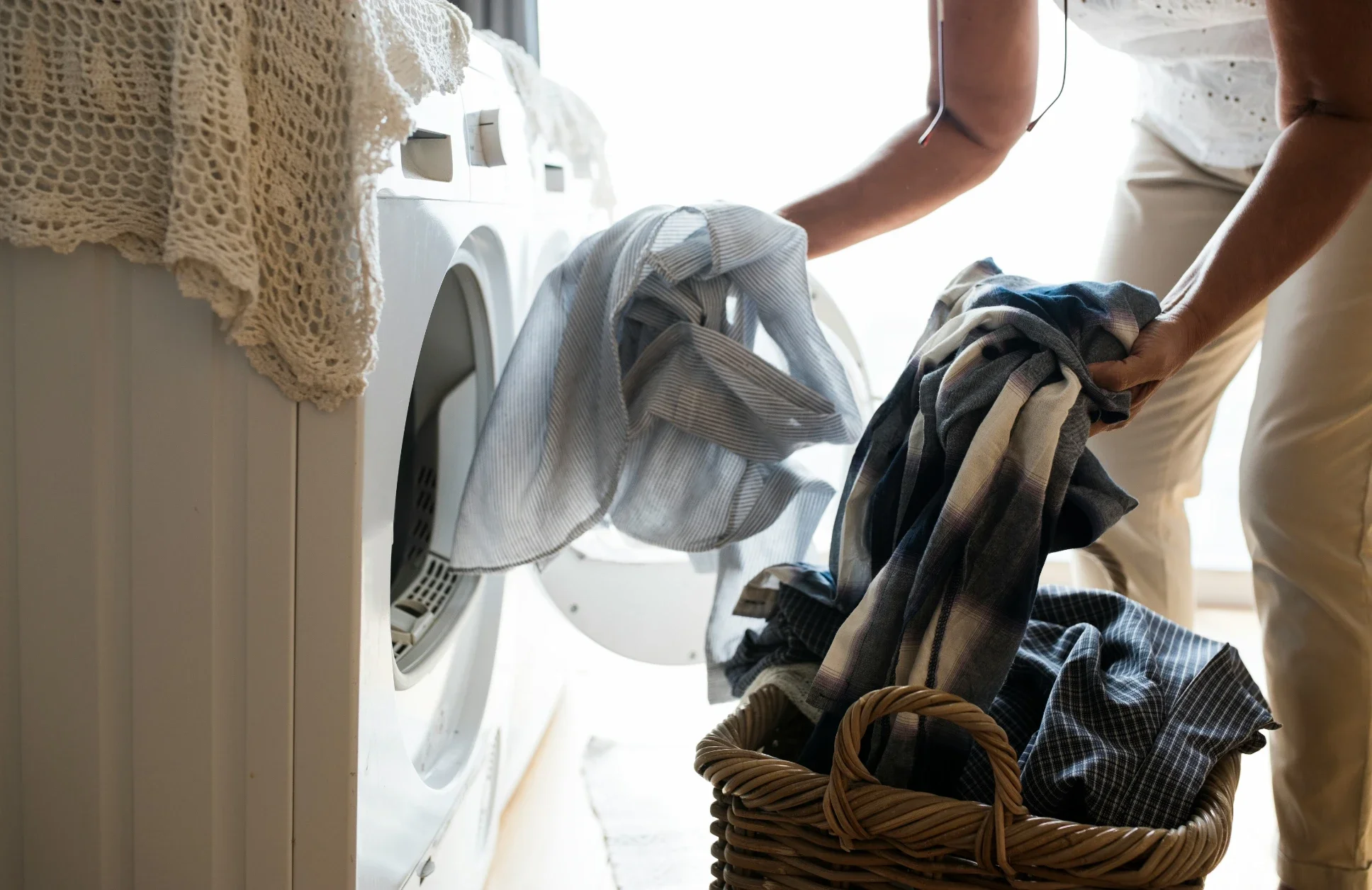How to Unclog a Bathtub Drain
Say goodbye to slow-draining tubs with our step-by-step guide on how to unclog a bathtub drain. Learn easy and effective methods to clear blockages and keep your plumbing flowing smoothly.
So, your bathtub is draining slower than a snail in molasses, huh? We've all been there, standing in ankle-deep water, wondering if we're going to need scuba gear just to finish our shower. But don’t sweat it—unclogging a bathtub drain might seem like a daunting task, but it’s actually easier than you might think. With the right know-how, a few simple tools, and a little elbow grease, you'll have that drain flowing freely in no time. Let’s dive into the nitty-gritty of how to unclog a bathtub drain!
Why Do Bathtub Drains Get Clogged?
Before we jump into solutions, it's worth knowing why your drain gets clogged in the first place. Bathtub drains are prime real estate for all sorts of gunk—think hair, soap scum, and dirt. Over time, this lovely concoction builds up and forms a blockage that water just can’t get through.
Common Culprits
Hair: The number one offender. Hair gets tangled in the drain and mixes with soap, forming clumps that block the water flow.
Soap Scum: Believe it or not, soap can leave behind a residue that accumulates over time, contributing to blockages.
Hard Water Minerals: If you’ve got hard water, the minerals can deposit in your pipes, narrowing the space for water to pass through.
Tools You Might Need
You don’t need to be a plumbing expert to unclog a bathtub drain, but having the right tools on hand can make the job a whole lot easier. Here’s what you might need:
Plunger: Not just for toilets, a plunger can work wonders on bathtub drains.
Drain Snake (Auger): This is a flexible, long tool that can reach deep into the drain to pull out the blockage.
Drain Cleaner: Chemical drain cleaners can dissolve clogs, but use them with caution—they can be harsh on pipes.
Screwdriver: Depending on your drain, you might need a screwdriver to remove the drain cover.
Baking Soda and Vinegar: The old-school, all-natural method that’s surprisingly effective.
Step-by-Step Guide on How to Unclog a Bathtub Drain
Ready to get that drain flowing again? Follow these steps:
1. Clear the Area
Before you begin, ensure the bathtub is completely empty. Use a bucket or cup to remove any standing water. Clearing away water prevents mess and makes the process easier. Additionally, remove any items around the tub to create a clear workspace. Having sufficient space to move and access the necessary tools will help you work efficiently and safely as you proceed with your task. Proper preparation sets the stage for a smoother repair or maintenance process.
2. Remove the Drain Cover
If your drain has a cover, use a screwdriver to remove it, giving you direct access to the clog. Be prepared for some hair and gunk to be lodged right under the cover, which you'll need to pull out by hand. This initial step can often remove the bulk of the blockage, making it easier to clear the drain. Handle the cover and debris carefully to avoid making a mess, and dispose of the gunk properly to keep your workspace clean.
3. Try the Plunger
If the clog is near the surface, try using a plunger. First, fill the bathtub with enough water to cover the bottom of the plunger. Position the plunger over the drain and begin plunging with firm, consistent force. The suction created can help dislodge the blockage, allowing water to flow freely again. This method is often effective for clearing clogs close to the drain without needing additional tools. If successful, it provides a quick and simple solution to your drainage issue.
4. Use a Drain Snake
If the plunger doesn’t solve the problem, it’s time to use a drain snake. Insert the snake into the drain and begin twisting it while pushing deeper into the pipe. As the snake moves through the drain, it should latch onto the clog. When you feel resistance, carefully pull the snake out. With any luck, the clog will come out with it, restoring proper drainage. This method is highly effective for tackling stubborn blockages further down the drain.
5. The Baking Soda and Vinegar Method
For a natural solution, try the baking soda and vinegar method. Pour about a cup of baking soda down the drain, followed by a cup of vinegar. The resulting fizz and bubbles help break down the clog. Allow the mixture to sit for about 15 minutes to work its magic. Afterward, flush the drain with hot water to clear away the loosened debris. This eco-friendly method is an effective and gentle way to tackle minor clogs without harsh chemicals.
6. Chemical Drain Cleaner (If Necessary)
If other methods fail, you can resort to a chemical drain cleaner. Carefully follow the instructions on the bottle, as these chemicals can be hazardous. Pour the cleaner directly into the drain, and let it sit for the recommended time to dissolve the clog. Afterward, flush the drain with plenty of water to clear out the cleaner and any remaining debris. Use chemical cleaners sparingly and with caution, as they can be harsh on your plumbing and the environment.
7. Flush the Drain
After successfully removing the clog, flush the drain with hot water to clear away any remaining debris. Let the hot water run for a few minutes to ensure the drain is fully unclogged and that all loosened particles are washed away. This final step helps prevent future clogs by thoroughly cleaning the drain. Running the water also allows you to confirm that the blockage has been completely eliminated, restoring smooth water flow in your bathtub.
Preventing Future Clogs
Now that you’ve got your drain running smoothly again, let’s keep it that way! Here are some tips to prevent future clogs:
Use a Drain Cover: A simple mesh drain cover can catch hair before it goes down the drain, making a huge difference.
Regular Maintenance: Once a month, pour a mixture of baking soda and vinegar down the drain, followed by hot water. This helps keep things flowing.
Avoid Dumping Grease or Oil: It might be tempting to wash greasy substances down the drain, but they can solidify and cause blockages.
Conclusion
Unclogging a bathtub drain might not be the most glamorous task, but it's one of those necessary evils that comes with home ownership. The good news is, with a little bit of know-how and some basic tools, you can tackle even the most stubborn clogs on your own. Just follow this step-by-step guide on how to unclog a bathtub drain, and you'll have that water draining smoothly in no time. And remember, a little regular maintenance goes a long way in keeping those pesky clogs at bay!
Frequently Asked Questions
1. What if the drain is still clogged after trying all these methods?
If you’ve tried everything and the drain is still clogged, it might be time to call a professional plumber. There could be a deeper issue that requires specialized tools and expertise.
2. Is it safe to use chemical drain cleaners?
Chemical drain cleaners can be effective, but they can also damage your pipes if used too frequently. Always follow the instructions carefully and use them as a last resort.
3. How often should I clean my bathtub drain?
It’s a good idea to clean your drain every few months, even if it’s not clogged. Regular maintenance can prevent buildup and keep your drain running smoothly.
4. Can I use the same methods to unclog a shower drain?
Absolutely! The methods for unclogging a bathtub drain can be applied to shower drains as well, as they typically get clogged with the same types of debris.






























